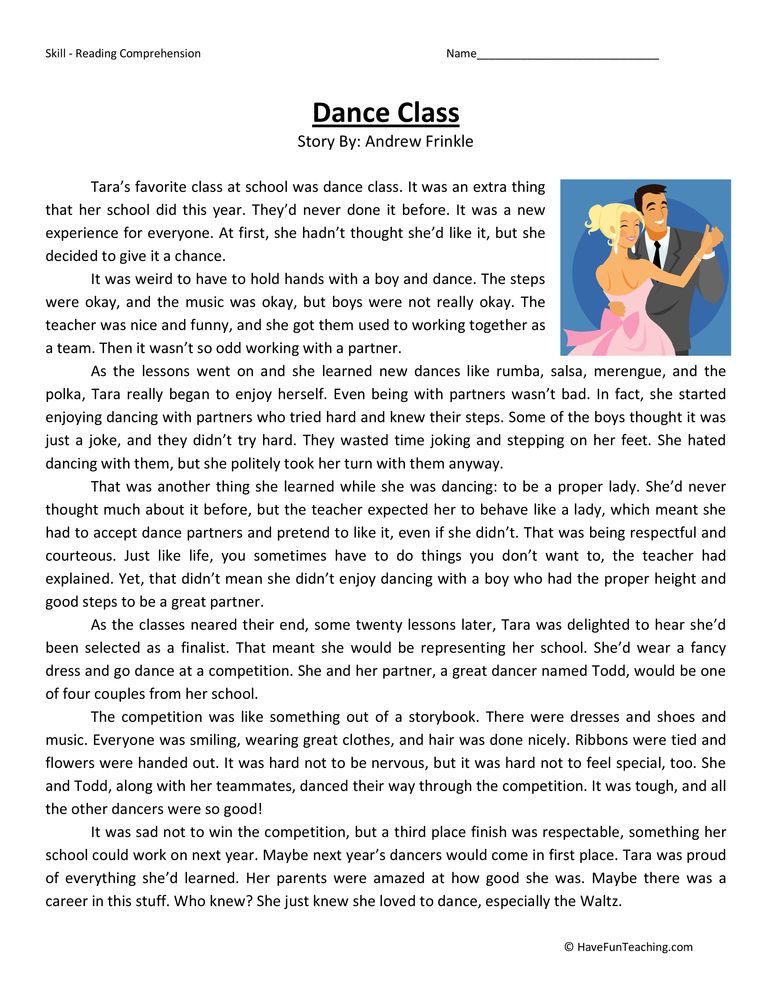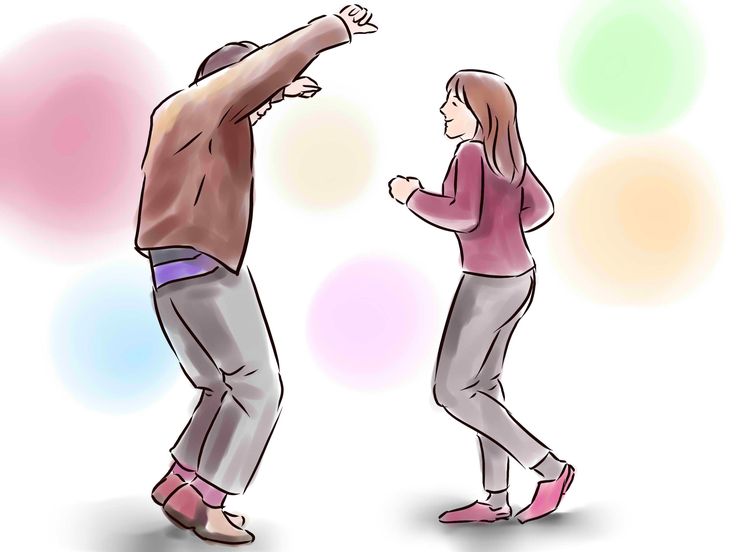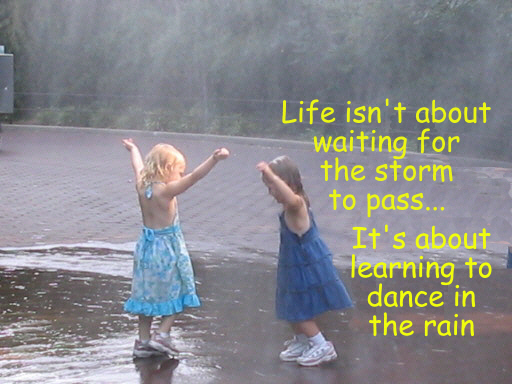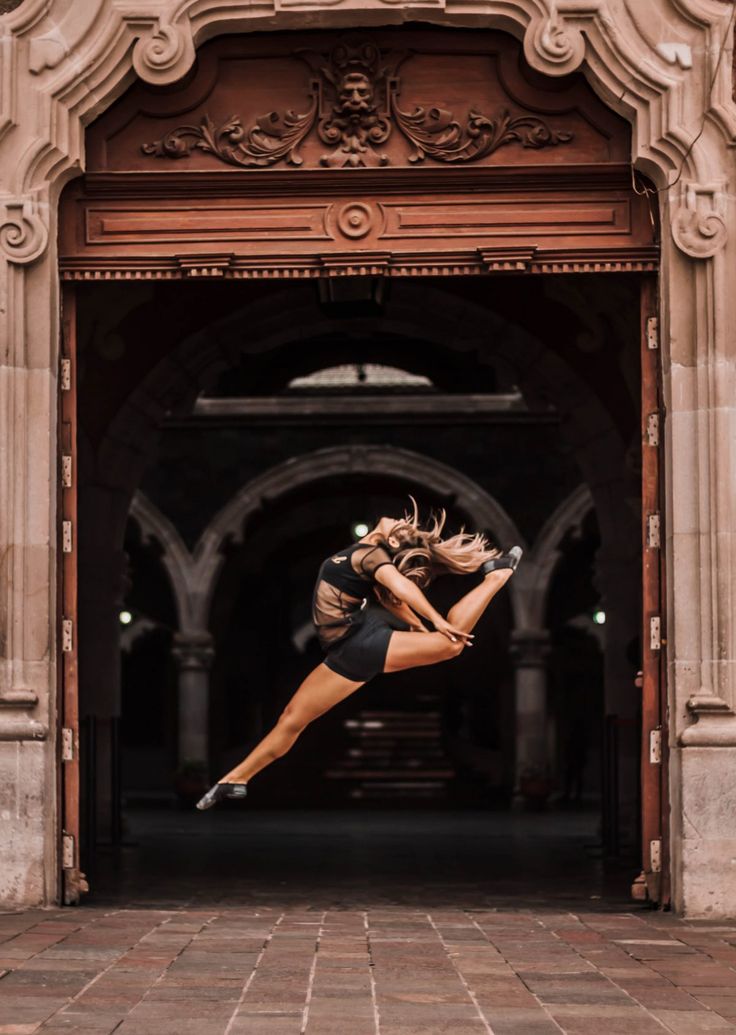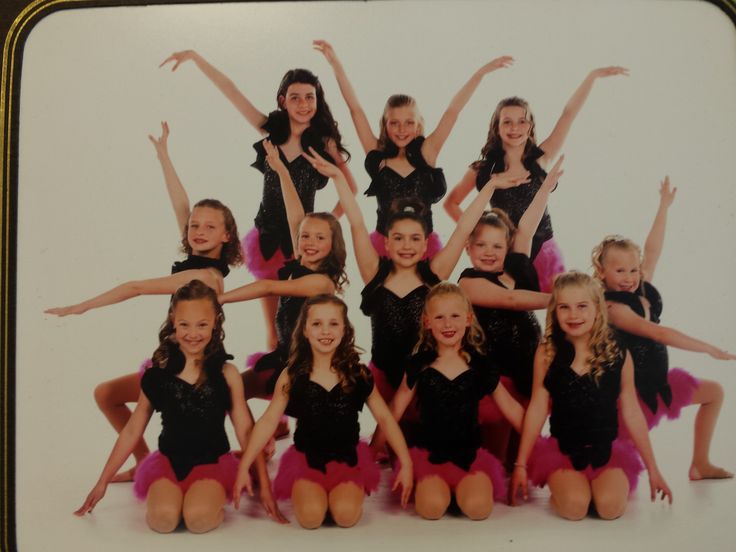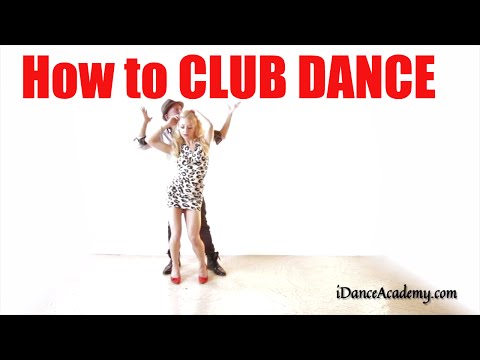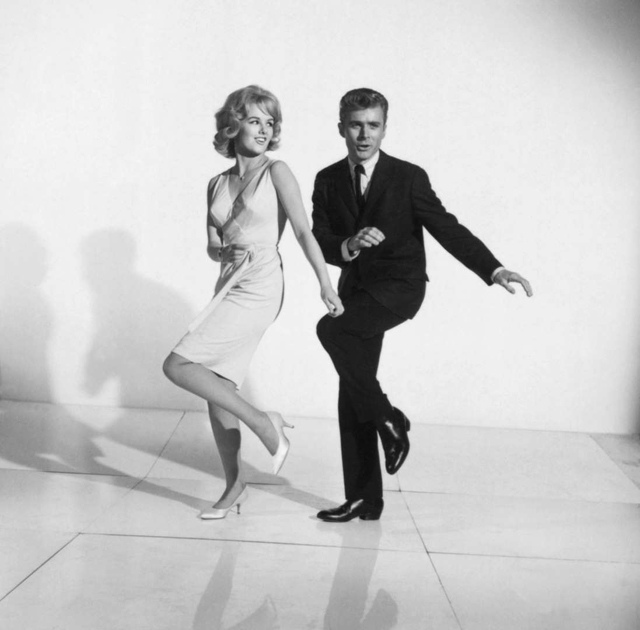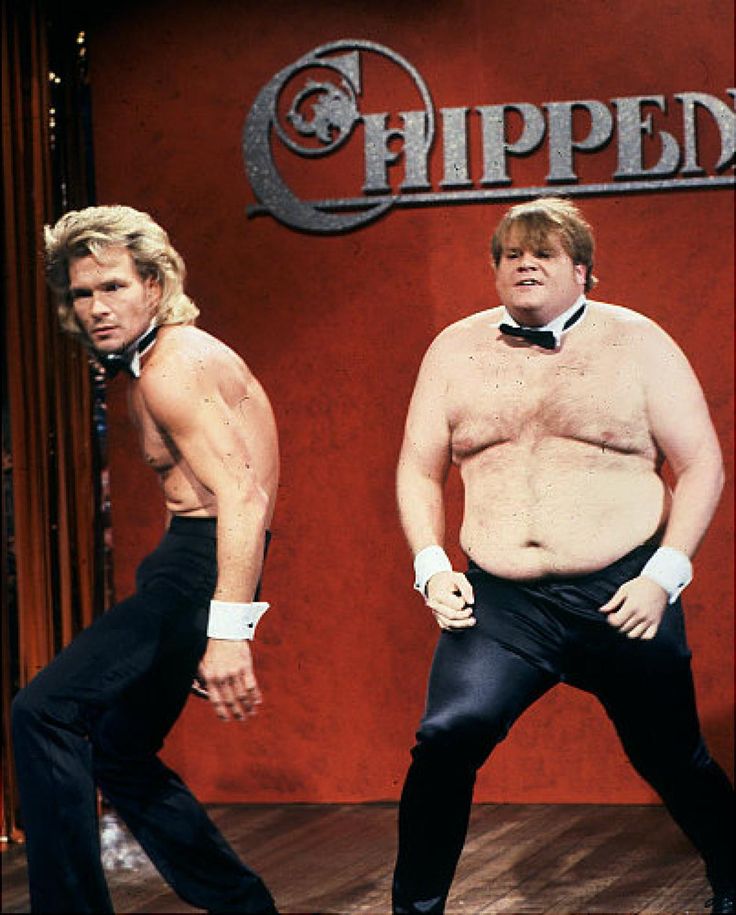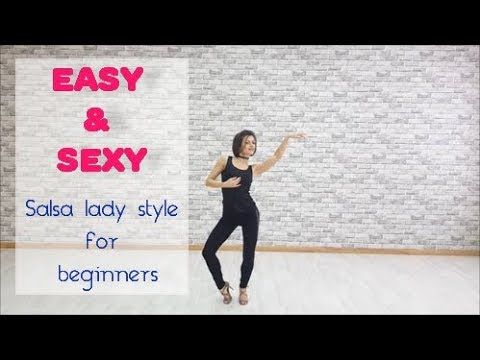How to be a good dance partner
How to be a good dance partner -
If you partner dance, you should aspire to be a good dance partner. After all, you can’t have an enjoyable dance at any level unless both people play their part.
However, partner dancing is also challenging. It’s not something most people have done (except maybe country dancing at school – I don’t know if they still do this in schools?). Even in ballroom which is largely choreographed, the social side is very different to partnering the same person day in day out at training and competitions. It means making adjustments to your dancing if you’re used to dancing alone or with the same partner.
Being a good leader or follower takes time, practice and thinking about. I’ve done a lot of following in my time dancing with hundreds of different leaders, and have done leading myself, so here’s my thoughts on how to be a good partner.
To be a good leader on the dance floor:
1. Have a clear lead
Not too soft, not too strong. It’s all about clear direction
2. Have a good frame
Not stiff, but enough to be able to lead the follow without using the arms to lead. And to make the follower feel secure in certain moves which require balance
3. Don’t grips or use your thumbs
It hurts and it’s not required.
4. Have (good) spatial awareness
You need to know where you’re intending the follower to go, and adapt the move, direction, travel distance if there’s no space. You don’t want a follower or another dancer next to you getting stood on or elbowed
5. Adjust to your partner’s needs
Some will need a light lead, others will need more guidance.
6, Understand connection
A partner dance is about connection – with your partner, with the music, the movements. You need to let go and not feel self-conscious but need to be able to recognise what connection you’re getting from your partner too.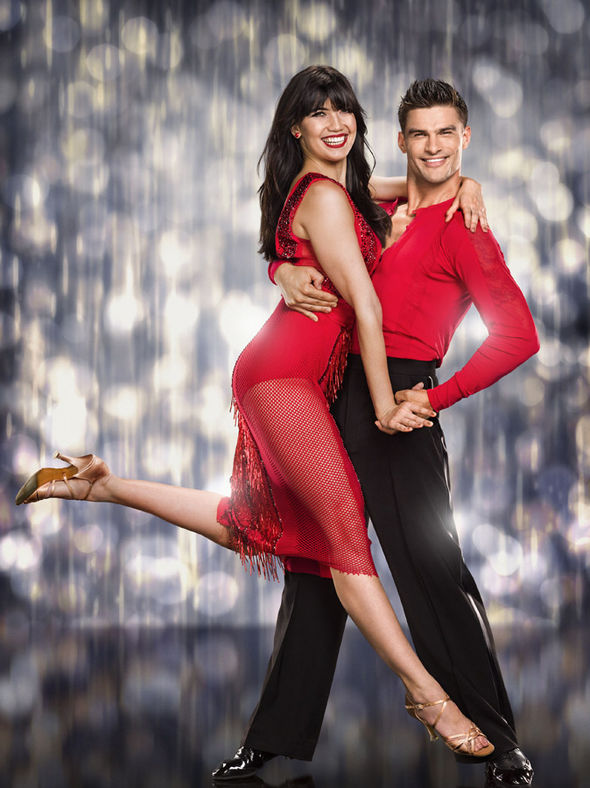
7. Realise that often less is more when it comes to moves
Dips and drops might look fancy but not everyone likes them, and on a crowded dancefloor they’re not really suitable. Similarly flinging the follower round the dancefloor isn’t always welcome for a whole track.
8. Dance with different people
The best way to improve is experiencing different partners. Everyone can learn something new about their dancing, as well as it being more social.
9. Have confidence in your ability
A smile helps. Don’t be over confidence, but think confident and you’ll probably dance better. Or get away with it.
10. Want to improve
Dance is always work in progress. There’s always something to learn from everyone. So want to improve, look out for learnings, improve and you’ll be a better dance partner
11. Have good hygiene
Don’t be the person known as the smelly one
12.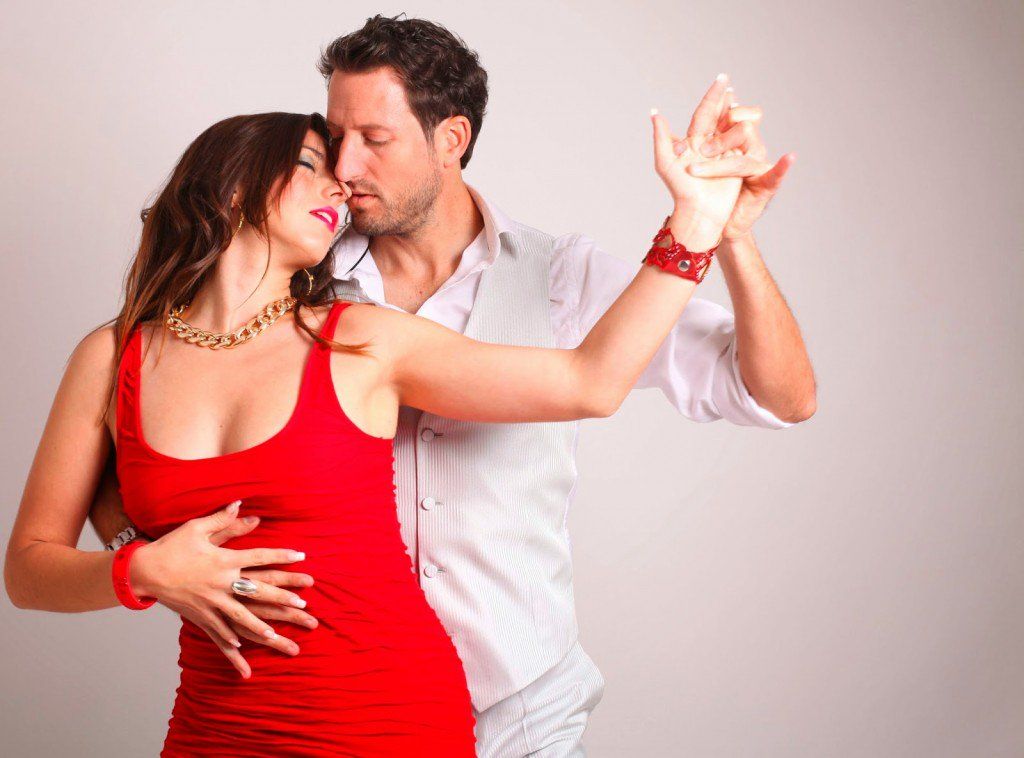 Look at your partner
Look at your partner
Know how much is too much, but it’s only polite to acknowledge you’re dancing with someone
13. Listen to the music
Because dance is about movement to music, and it’ll help your partner be able to follow if they can recognise what you’re dancing to.
[bctt tweet=”Thinking about and improving your lead or follow will make you a better dance partner ” username=”whatabout_dance”]
On the flipside:
How to be a good follower:
So many points from the good leader list, apply to followers as well.
1. Have a good frame
Hold yourself well, not too loose and not too stiff. But enough to be able to follow a direction
2. Don’t grips or use your thumbs
The leader provides the frame, the follower connects with a loose hook over the fingers. There’s no need for thumbs; it makes it extremely hard to turn if either is gripping on tightly.
3. Have (good) spatial awareness
Yes rely on the leader, but help him too – he can’t see behind him.
4. Keep your steps to the size of the space available
Don’t take huge steps – it’ll take you out of connection and make you harder to lead
5. Understand connection
Because dance is a two way street. Give what you’re getting in terms of compression, try not to fight against the leader.
6, Adapt to your partner
If they’re a beginner don’t add in lots of over the top styling that may put them off, work out how much is too much. If you’re being flung around either ask them to ease off, or tighten that core and spot like mad when you spin.
7, Realise that often less is more
Extra kicks of legs, sticking the leg in the air while doing a drop, waving arms around all over the place….some are dangerous, especially on crowded dance floors, others might be better off being toned down depending on your lead.
8, Dance with different people
You’ll improve and learn faster.
9. Have confidence in your ability
Because it’s nicer to dance with someone who doesn’t apologise all the time.
10. Want to improve
And take action to improve – classes, workshops, privates, more social dancing, whatever works for you.
11. Have good hygiene
Obviously.
12, Look at your partner
That connection is often what makes a dance, and it makes a dance partner feel like you want to dance with them.
13. Listen to the music
If you dance to the music a) you’ll enjoy it more, and b) you’ll be able to do more with your dancing.
If you want to read more about leading and following these blogs have great insights:
The dancing grapevine
The perfect follow
Tanguito – from a tango point of view
What makes a good dance partner for you?
Like this:
Like Loading...
How to Choose a Good Dance Partner (While Dancing) – Yami Dance Shoes
Photo Credit: Dancer's Notes
Most Latin dance styles are danced with a partner. Because the dance moves are quite romantic, you need to have chemistry with your dance partner. Latin dance demands intensity, energy, and a deep connection. If you’re not in tune with your dance partner, the entire performance will look off.
Because the dance moves are quite romantic, you need to have chemistry with your dance partner. Latin dance demands intensity, energy, and a deep connection. If you’re not in tune with your dance partner, the entire performance will look off.
That’s why it’s essential to find a dance partner that can match your dance skills, one that can keep up with you on the dance floor and take your performance to a higher level. Of course, you have to feel comfortable dancing with your partner too. We’ve already dished out tips on finding a dance partner at a glance, but how about when you’re already dancing with your dance partner? Here are ways to check if you make a good team on the dance floor:
Check the Sense of Rhythm
This is perhaps the best way to tell if a person can dance, do they have a good sense of rhythm? It’s just like checking to see if a person makes a good singer if s/he can carry a tune, you can see if a person looks good dancing if they know how to time the movements according to the song.
In Latin dance, every step is timed; there is a particular count to every movement. And the movement also depends on the tune. The dance movements will always be in tune with the music, so timing and musicality are two characteristics of a good dancer. You know the dancing won’t be flawless if the timing is off.
It’s All About the (Leader and Follower) Flow
How hard is it to keep up with a partner that leads? For followers, how quickly can your dance partner keep with the transition from one dance move to the next? When you’re totally in tune with your dance partner, the transition and flow from one dance move to the next will be smooth and seamless. You won’t feel confused or overwhelmed trying to figure out what the other person will do because you and your partner are working together, not against each other.
A lead that pushes you with slight force will make the follower uncomfortable. Followers that back leads will undermine the leader’s efforts to lead.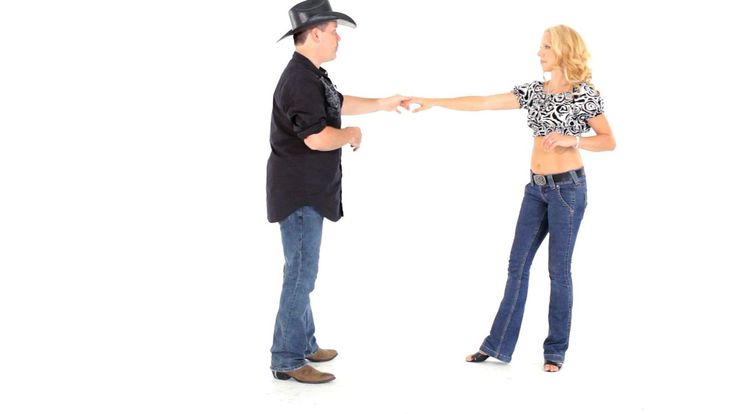 If you find yourself at odds with your dance partner, the movement would look ill-timed and poorly executed. There should be no pushing, no dragging, no wrestling for the lead when dancing.
If you find yourself at odds with your dance partner, the movement would look ill-timed and poorly executed. There should be no pushing, no dragging, no wrestling for the lead when dancing.
Good Eye Contact
In this guide, we’ve gone extensively on the importance of eye contact to Latin dance, so we suggest checking that article out. Making eye contact with your dance partner is important because it strengthens the connection. Also, it focuses on the performance, away from what’s happening all around. Making eye contact adds drama to the performance too!
But too much intensity might make your dance partner uncomfortable because not many people are used to holding someone’s gaze for a long time. You definitely don’t want to creep out your dance partner, so keep the eye contact focused and dramatic but timed. Convey passion and intensity through your eyes but maintain synchronicity. If a dance partner keeps staring down at you or makes creepy, unblinking gazes, you might feel too self-conscious to focus on the dancing.
Dance Skill Level
While it’s perfectly fine to dance with someone more or less skilled than you are, the difference will definitely show in the performance. Frustration and conflict are common when dance partners are not a good match on the dance floor.
It’s okay if your dance skill is close to your partner, but if you’re a newbie dancing with a complete professional, you might find yourself struggling to keep up. This goes especially for some dances with complicated footwork or technical dance moves.
On the other hand, if your dance skill is advanced and you choose a complete newbie, you will find it hard to lead or feel frustrated when your dance partner cannot execute a dance move the way you want to. For smoother performance, it’s best to dance with someone who has the same level of dance skills as you have.
Dance Personality
Just like how dancing with someone who matches your dance skills, opt for a partner who specializes in the same or similar dance styles that you love. You can’t expect a good performance if you’re into Latin dance and your partner is more into breakdancing, no matter how easy or fun the movies make the situation look.
You can’t expect a good performance if you’re into Latin dance and your partner is more into breakdancing, no matter how easy or fun the movies make the situation look.
The thing is, every dancer has a dance personality, and you need someone whose dance personality matches yours. Some dancers love to perform very technical performances - crazy steps and gravity-defying moves and all. Others are more reserved, preferring to execute subtle, low-key dance moves.
Comfort Level
How comfortable are you dancing with your newfound partner? You shouldn’t feel anxious, uneasy, pressured, or creeped out when dancing with this particular person. If you feel negative emotions when dancing with your dance partner, stop dancing and move on to other willing partners.
If you’re feeling uncomfortable dancing with someone, you won’t dance well. Because to dance well, you need to be at your most focused. And you cannot focus if you are feeling negative emotions. You can follow each other’s movements, pick up cues, connect, and be so close to each other when you’re comfortable with the person you’re dancing with.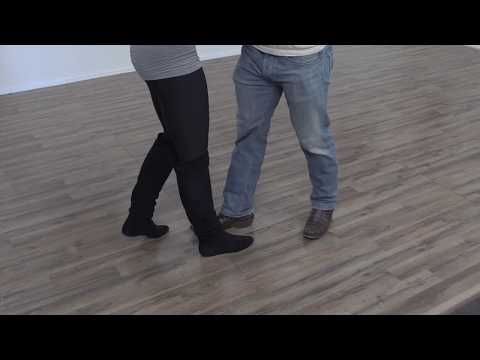
It’s hard to know if a person makes a good dance partner at a glance, and most times, you’ll learn about it once you dance with the person once. The tips above are some things that you need to check when looking for potential dance partners. And while there is no way to know if a person makes a good or bad dancer, your senses will definitely sharpen the more time you spend joining social dance events.
And social dance events are not complete without wearing your favorite Yami dance shoes. Shop our latest collection here!
Back to blogHow to: find a dance partner — ikirov.ru
- News
person. With the help of dance, you can not only understand yourself, but also learn to always be yourself.
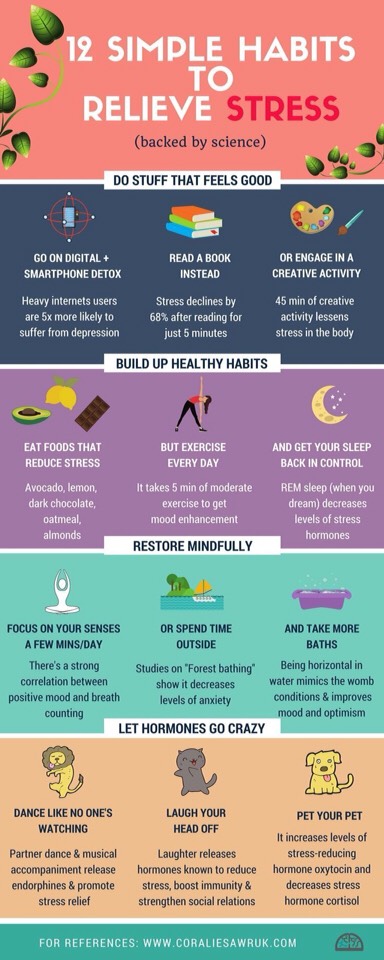 Martha Graham, a famous dancer, believed that dance is the language of the soul, and Friedrich Nietzsche said: "We must consider lost every day in which we did not dance at least once." A real dancer strives to dance not with the body, but with the soul, only in this way can the dance turn out to be sincere. Pair dances are distinguished by special expression, sensuality, which is why it is so important to find a good dance partner.
Martha Graham, a famous dancer, believed that dance is the language of the soul, and Friedrich Nietzsche said: "We must consider lost every day in which we did not dance at least once." A real dancer strives to dance not with the body, but with the soul, only in this way can the dance turn out to be sincere. Pair dances are distinguished by special expression, sensuality, which is why it is so important to find a good dance partner. Dance is, first of all, an expression of what is in a person's thoughts. With the help of dance, you can not only understand yourself, but also learn to always be yourself. Martha Graham, a famous dancer, believed that dance is the language of the soul, and Friedrich Nietzsche said: "We must consider lost every day in which we did not dance at least once." A real dancer strives to dance not with the body, but with the soul, only in this way can the dance turn out to be sincere. Pair dances are distinguished by special expression, sensuality, which is why it is so important to find a good dance partner.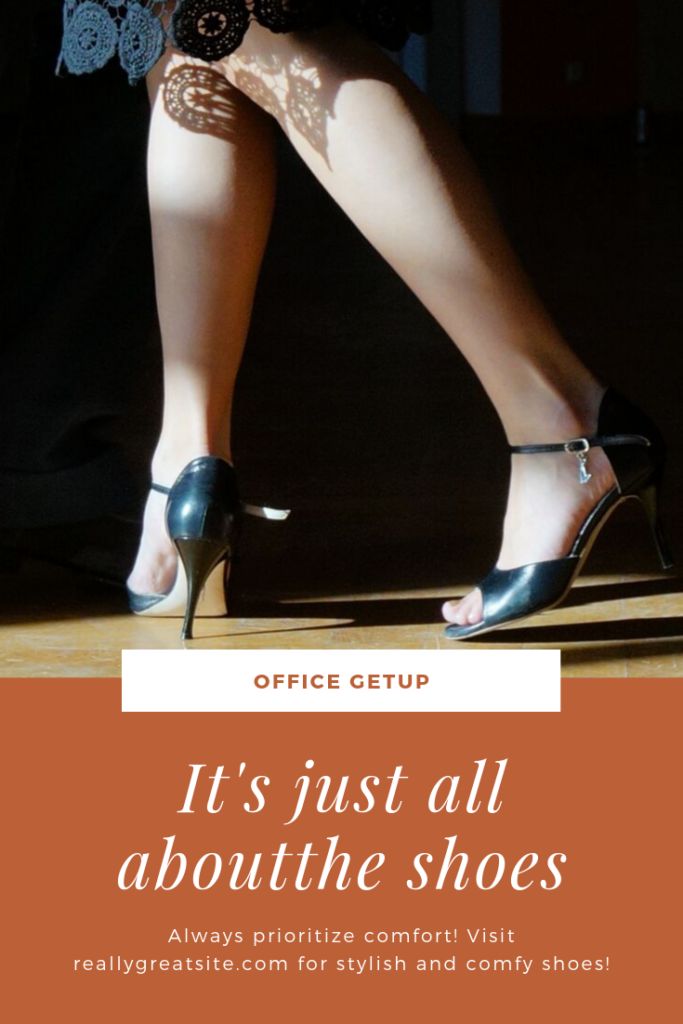
One has only to want
In modern life, we often see people dancing, it is enough to take programs that are shown on TV: "Dancing with the Stars", "Dancing on Ice", etc. If you at least once had the thought: “Why am I worse than the participants in these shows? I can do it too!”, Then the first step has already been taken. After all, it is known that everything begins with a desire, with aspiration and with setting a goal. Try to carve out time for yourself in the daily bustle to start dancing. Ballroom dancing falls into two broad categories: Latin American and standard. Latin American dances include: rumba, samba, cha-cha-cha, paso doble, jive, standard ones: waltz, tango, foxtrot, quickstep, etc. start dancing!
A little about the image
Of course, it is worth noting the fact that professional dance shoes and clothes are by no means a cheap pleasure. However, it is these details that create your image - dancing alone will not be enough.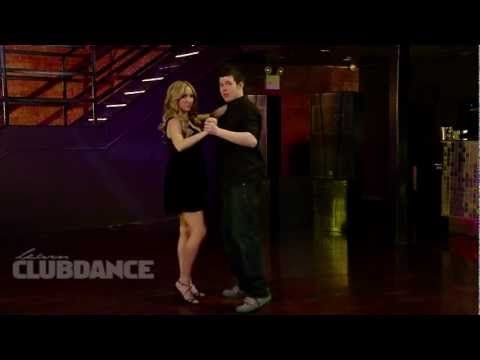 It is very important to remember that for a dancer, shoes are like a racket for a tennis player or skates for a figure skater. Imagine if you learn to play tennis not with a racket, but to skate on ice without skating - you will agree that this is absurd. It is for this reason that a beginner dancer needs special shoes that are equipped with a soft suede sole and a hard heel - this fixes the foot, saves the leg from injury, and provides the necessary freedom of movement.
It is very important to remember that for a dancer, shoes are like a racket for a tennis player or skates for a figure skater. Imagine if you learn to play tennis not with a racket, but to skate on ice without skating - you will agree that this is absurd. It is for this reason that a beginner dancer needs special shoes that are equipped with a soft suede sole and a hard heel - this fixes the foot, saves the leg from injury, and provides the necessary freedom of movement.
Clothes for dance training should not only be very comfortable, but also appropriate for the type of dance you are doing. For example, for Latin American dances, girls wear short skirts, and for standard European dances, wide skirts or year-length skirts. Of course, you can train in sports pants, but this, as they say, is a matter of taste and choice. If you believe the statistics, then partners like it more when their partner is dressed in a skirt - this allows you to feel the volume of the dance.
Let's move on to partners
This is probably one of the most important aspects in partner dancing.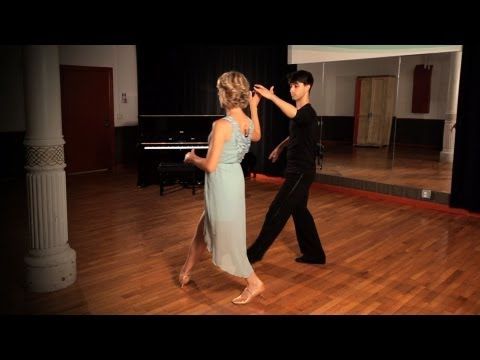 No, of course, you can dance alone at first, but it's like kicking balls against the wall, and not playing with a real opponent. One is allowed to train for a month or two, but then it is necessary to hone all the skills together with a real partner - this is the only way to feel the beauty of the dance.
No, of course, you can dance alone at first, but it's like kicking balls against the wall, and not playing with a real opponent. One is allowed to train for a month or two, but then it is necessary to hone all the skills together with a real partner - this is the only way to feel the beauty of the dance.
It is a well-known fact that girls go and want to dance much more often than men, who believe that this is not their destiny and it is better to spend their lives in seriousness and severity. It is a pity that those times are behind when the ability to waltz was as obligatory for a man as the ability to fence, ride a horse, etc.
Not every man can be a dance partner. There are several requirements that are fair to apply to a potential partner: firstly, he must suit your height and age, and secondly, the partner must be able to lead his partner in the dance, take responsibility for the movement of the couple.
"Dancing is a great workout for girls, it's the first way to learn to guess what a man is going to do before he does it.
" Christopher Morley.
A male partner must feel the rhythm, be flexible, light, be able to show emotions. With all this, the partner must also give herself completely in the dance, be sensual. A really good dance partner must meet many conditions and requirements, so finding such an ideal partner is very, very difficult.
It is very important that you like your potential dancing partner, because you must agree that close contact with a person who is unpleasant will please few people and, moreover, will discourage all desire to dance.
If among your acquaintances there is no such man who could become your dance partner, then ask your coach for help: perhaps he can have the coordinates of his former students who once left the parquet (by the way, it is quite possible that the reason was the absence partners). Another option for finding a partner may be to place an appropriate ad in newspapers, on the Internet. In addition, there are various specialized forums on the Internet created for communication and for people to help each other.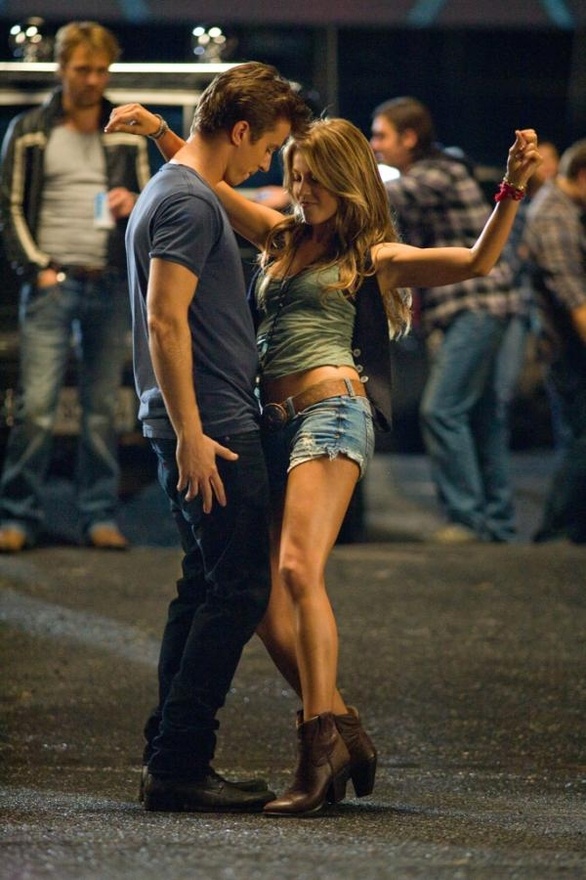
An ideal option would be a dance in which a husband and wife dance or just loving people. Your relationship will bring naturalness, emotions, feelings to dance movements. Yes, and dance will help renew relationships, be closer to each other.
Learn to dance, because the result is worth it!
Encyclopedia of goods and services
Gynecologist about pregnancy planning
Gynecology is a medical science whose task is to monitor the health of women.
Encyclopedia of goods and services
Benefits of buying a house in Miami
There is a huge variety of cities where you can buy real estate now.
Encyclopedia of goods and services
How to choose a massage chair with a good massage and not overpay?
Massage chairs for the home are becoming more popular, there are more and more brands, but there is little clarity with their choice. “If there is no difference, why pay more?” - a logical question that at least once arose from any buyer.
“If there is no difference, why pay more?” - a logical question that at least once arose from any buyer.
Encyclopedia of goods and services
The order of the dissertation is a simple path to career advancement
Encyclopedia of goods and services
Zephyra and its Process
To the section "Encyclopedia of Goods and Services"
Founder: Information City LLC. Editor-in-Chief: Vetoshkin Andrey Alekseevich.
E-mail of the editors: [email protected], Telephone of the editors: (8332)52-90-31
Mass media registration certificate EL No. FS 77 - 34616 dated December 02, 2008
issued by the Federal Service for Supervision of Communications and Mass Media communications.

Legally significant messages should be sent to the address: Kirov, st. Uritskogo d. 24 office 2.
3 components of partner's lightness: zoukability — LiveJournal
Author: Murasheva Nadezhda, MoscowBeautiful dancers, this time I am publishing an article, which I selected from afar in previous materials. I was asked to write how to learn how to lead better, but this is a rather complex and voluminous topic, and it is simply impossible to lay out everything at once. And now, when some important points have already been covered in detail in other articles, I can finally bring it all to the issue of lightness in dance.
The previous translated article was about what it means to be an easy partner. The note is good and useful, but it did not say much about how to achieve this ease. This time I share with you what I realized and what I learned myself. A lot of specifics on the case: what makes up the lightness of the partner and weighting factors.
WHAT IS LIGHTNESS MADE OF: 3 COMPONENTS
First component: CONNECTION
0120
The basis of lightness, the main condition for its existence. This is not all that makes up lightness, but if you remove the connection, leaving all other components, lightness will disappear completely. A partner without a connection is a locomotive with failed brakes.
So what is a connection?
"Connection" - connection, connection, coupling (English)
Roughly speaking, connection is a contact, synchronization, but in a deeper meaning. This is such a mutual understanding and mutual feeling in a pair, when the partners are, as it were, connected with each other, completely synchronized, clearly feel the leading-following of each other and represent a single whole.
Connection is the fundamental basis of any paired social dance, on which everything else is built. EVERYTHING else . This is the starting point. You are still standing still and doing nothing, but the connection already exists. (Well, or you feel his absence from the partner).
You are still standing still and doing nothing, but the connection already exists. (Well, or you feel his absence from the partner).
The essence of connection - constantly feel the partner .
Feel his leading, his body movements. In a close embrace - to feel the slightest transfer of the partner's weight. Feel where he is in the distance. Feel changes in softness / hardness, in the speed of its conduct and respond to them.
It's real, it can be learned. Success depends on a conscious desire to learn, attention to this topic, an understanding of its importance and on the amount of regular practice.
A dance in which there is no connection from one of the dancers or both at once is a race, a marathon, a workout, a show off, anything but a dance. The dancer's attention in this case is occupied with himself ("how beautiful I am in the dance"), practicing movements or making an impression on the audience. Such a dancer simply forgets that he is dancing with another living person who experiences some kind of emotion, has a certain individual level of technique and physical fitness.
Below are some general guidelines for understanding where to focus your attention. But the main thing for the development of the connection is to learn in practice to feel it, to let it pass through yourself. The fact that you imagine how it works does not mean that it is in your dance.
How to feel connected with a partner
1) Set your maximum attention on your partner
Not on yourself, not on how you move or look, not on remembering the movements you have passed. If you are not yet famous for your increased sensitivity to your partner, and at the same time your thoughts are busy with how to beautifully perform a turn, insert chips from the female style, where to put your free hand, or you pay too much attention to the technique of your movements, you will not feel the connection . Your brain is already too loaded to be attentive to outside influences. If the music carries you away on its own wave, and your body movements are dictated by the music, and not by your partner, it's better to dance solo. It's good that you like music, but if you really want to learn how to play cool, you'll have to take a break from it for a while.
It's good that you like music, but if you really want to learn how to play cool, you'll have to take a break from it for a while.
Try to always maintain eye contact with your partner and at the same time feel him with your body. Focus as much as possible on the points of contact with your partner, try to feel him as best as possible. What leg is his weight on now? Does he balance well? Do his arms have a springy shape or fall back? Is your partner tight or relaxed? - how do you feel it? Does he enjoy music and dancing with you, or is he introverted and insecure? Does the partner accentuate some points by changing the speed, softness or range of motion? Try not just to see all this, but to feel it, to pass it through your body.
2) Relax and turn off your head
First of all, relax psychologically, do not be nervous, do not expect anything from your partner, do not try to guess the movements. Psychological stress leads to excessive tension in the body, you close and do not feel your partner.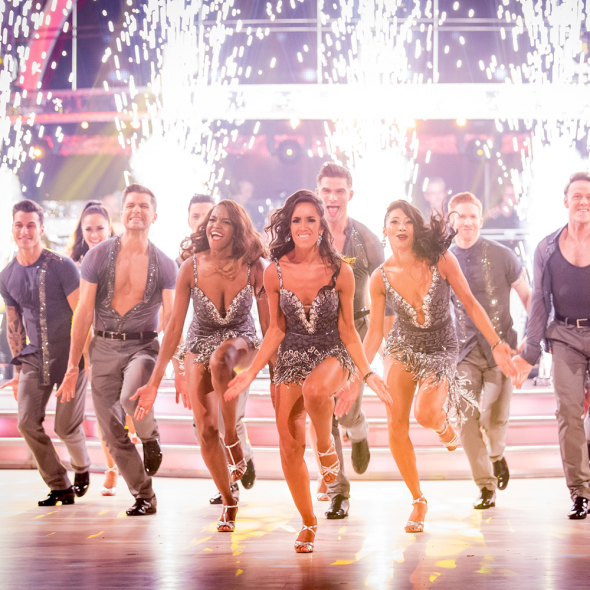 Forget all the links you learned in class. The partner will need the ligaments, not you.
Forget all the links you learned in class. The partner will need the ligaments, not you.
No need to do something at random, because it seems like you have to go somewhere, but it is not clear where. There is nothing wrong with stopping in the middle of a dance and waiting for a partner to give a more understandable impulse. If you do not immediately understand some movements - this is primarily a partner's problem, and not yours, there is nothing wrong with that. You are still learning.
Physical relaxation is also present, but it is a subtle subject with many nuances. It is not present in the whole body, and the level of relaxation changes during the course of the dance. If the partner is very soft and dances a lot in a close hug, relax and have fun. The closer the contact and the softer the lead, the more relaxation to feel everything.
0150
Whatever you do, your attention should always be focused on feeling your partner's arms, and in a close embrace - his whole body. You know, there is such an expression - "turn into one big ear." Here is the same thing, only you need to listen to your tactile sensations.
You know, there is such an expression - "turn into one big ear." Here is the same thing, only you need to listen to your tactile sensations.
Almost all movements in a couple are accompanied by some kind of tactile sensations for the partner. The point is to learn to wait for them, to understand and respond specifically to them, and not to the brave pacing of a partner next to you. If you have any doubts, ask the teacher what exactly you should feel when performing a particular movement. This is very important, do not leave these questions unattended.
I think of a comparison with a trolleybus that only travels by connecting its "horns" to the wires carrying current. The trolleybus does not travel without contact with the wires. If there is no current in the wires, it does not go either. Connect and wait for the current - it will lead you.
There are moments when the female partner is allowed to "free float" for a while and her hands are released, but in these cases the visual connection remains, and this is also very important.
4) Mirror the direction of partner's body
This is more of a basic technique rule, but it significantly affects the connection in a pair. If the partner's body is turned towards you, then your body should be exactly opposite. You turn sideways to your partner only when he leads you to it.
Mistakes often occur at the exit of turns and rotations, when the partner spontaneously turns away from the partner and opens up somewhere in the wrong direction.
Fragment of an individual with Kadu at the Prague Congress, July 2012
5) Remember all this as often as possible. Practice makes the difference.
Try to consciously focus on your tactile sensations. Practice as much as possible at parties. Dance with as many partners as possible, ask them to tell you when you are walking without a lead. Invite teachers to dance, take indivs.
It is important to practice at parties and sampo, because in a group lesson your attention is occupied with other things, and there you know what to expect. By attending only group lessons and ignoring parties, you will not learn connection.
By attending only group lessons and ignoring parties, you will not learn connection.
The more partners of different levels, the better. The more diverse the partner dances, the more attention he takes to himself - the more effective it is for you. Dancing with a teacher or an experienced dancer at a party is a great option if he gently leads, uses different speeds, changes direction of movement, knows how to do all sorts of tricks to lead, if he knows how to subtly return your attention to himself.
That's what I mean. Fragment of an individual with Jorge at the Prague Congress, March 2012
The bad news is that there are very few such partners. Dancing mostly with guys who don't connect and pinball you on the dance floor, you'll never learn it. You just won't realize that can be different , and you won't have practice.
Congresses, festivals are always a big step in development. If you have the opportunity to go to the congress, do not miss it!!! It will sound unpatriotic, but I always recommend choosing foreign congresses: there the MF ratio is about 50/50, and you will not be bored at the wall - at least for this reason. The rest you will understand later.
The rest you will understand later.
6) A very effective way to improve your connection is to dance with your eyes closed.
Even the simplest movements and hugs will open up to you from a new side through the prism of sensations. That's how it should be! You must do all the movements because you feel them with your body, and not because you see how the partner steps aside and raises his hand.
But be careful: the party format is not suitable for this practice! At a party, both dancers must look around and keep each other safe. You can practice like this at sampo, but on the condition that the partner understands his responsibility for your safety.
Specialized "blind" seminars for dancers are periodically held in Russia "IN THE DARK" (organizer - school "Art of play"). From 2 to 4 hours you spend with blindfolds doing different exercises and dancing with each other. Feedback suggests that many are rediscovering dance and connection during the workshop.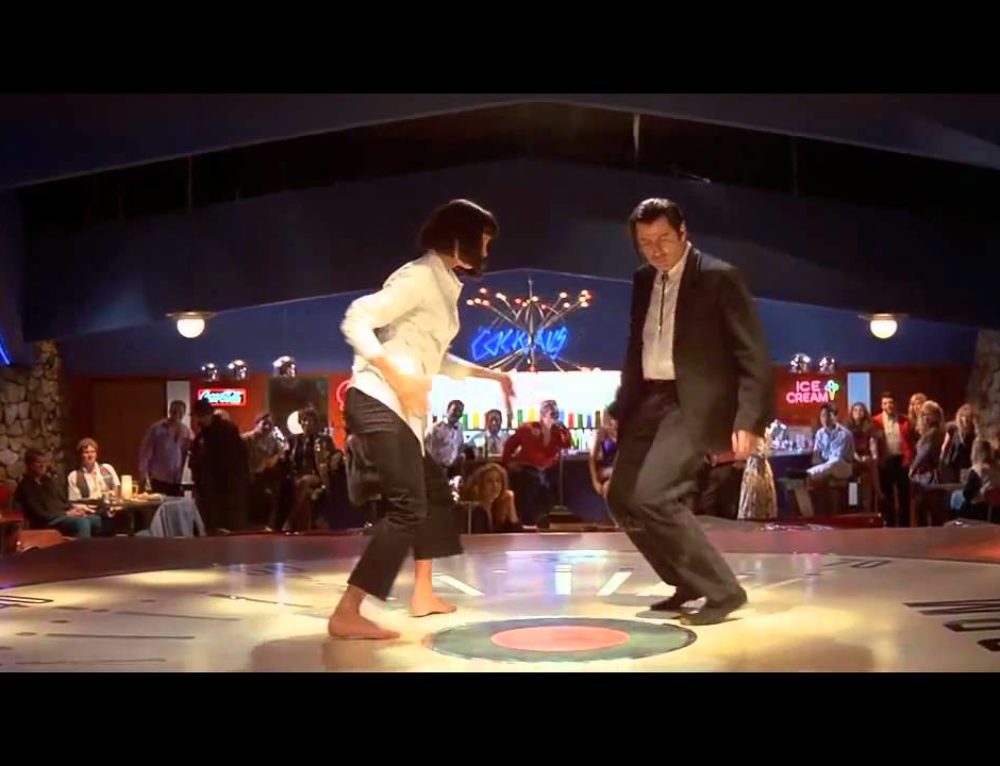 I myself was at such a seminar, and I really liked it. Highly recommend attending this event the next time it is held.
I myself was at such a seminar, and I really liked it. Highly recommend attending this event the next time it is held.
7) Do not complete the movement for a partner if he does not lead.
Sometimes partners forget to give part of the impulses when performing a movement. They mark its beginning, but they don’t take it to the ending, supposedly the partner has already understood what is required of her. This is an incorrect position, because the movement can change at any moment, and impulses must be given from beginning to end. Or they just have not yet learned how to lead correctly and clearly. It happens very often.
I recommend not doing anything if you don't feel led, because otherwise your body gets used to not waiting for a partner and, on receiving the first impulse, to do the learned movement from beginning to end. It does not develop connection skills at all.
This is not a mandatory rule, this is my position. In the article on the link above, I described in detail the problem and my point of view on this matter.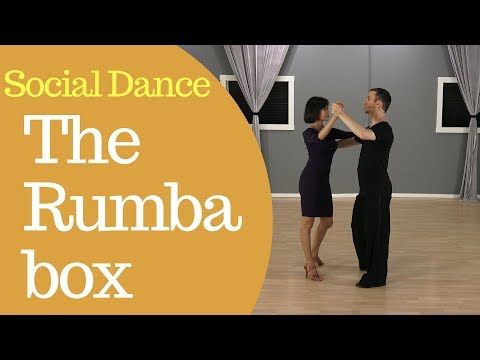 You can listen to her or not. I was surprised, but the article caused a great resonance among partners who want to see their joints in the dance.
You can listen to her or not. I was surprised, but the article caused a great resonance among partners who want to see their joints in the dance.
8) Eliminate distractions
Uncomfortable clothes, uncomfortable shoes, interfering jewelry take your attention to themselves and are very distracting. If connection is important to you, then your appearance is chosen for it, and not vice versa.
At the end of this section, I will repeat once again that connection is the fundamental basis for the lightness of a partner. Without it, everything else is useless and you weigh a ton. That is why I have given so much attention to this topic here.
Absolutely everyone can develop the skill of connection, it only takes understanding, desire, regular practice and time. Everything comes gradually.
----------------------------------------
Second component: FRAME
The frame is an elastic, one-piece structure through which impulses are transmitted in a pair (lead-follow).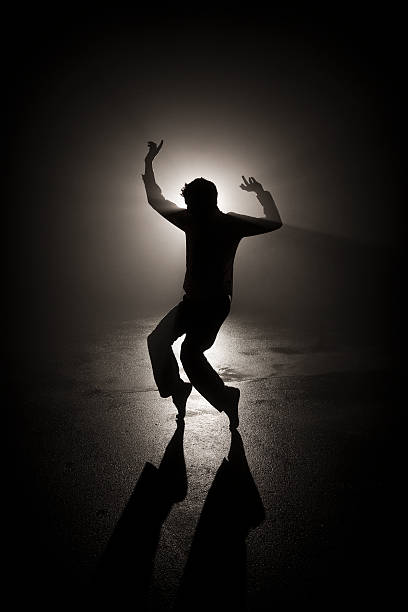
Frame includes arms, shoulders, chest, abs and back. It is provided by a group of actively working muscles that fix the joints in a certain position and reduce unwanted mobility in them. The rigidity of the frame is adjusted for the current dance partner and for the movements being performed. You can read in detail about how it all works in the article at the link.
The task of the frame is to simplify and speed up the transmission of impulses due to the fact that not only the hands are involved in the process, but the entire upper part of the body at once.
If you know how to use the frame, then the impulse moves your entire body in the right direction, and not the arm, followed by the shoulder, and then the rest of the scattered parts of the body.
In addition to understanding and responding to impulses, a good frame gives you additional benefits:
- stabilization of the body and smoothing out sudden, uncomfortable movements
- improved balance
- synchronized work of your body
- movement safety (the risk of sprains, dislocations and other unpleasant things is reduced)
- the beauty of posture (partially)
The frame is a big topic that requires a good understanding of how the body works in dance.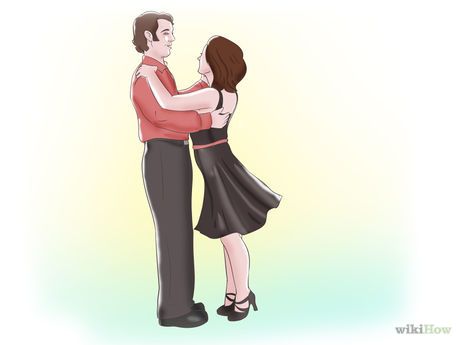 I wrote a separate, very detailed article about the frame, the link to which is in the subtitle, and I will not dwell on this in detail here.
I wrote a separate, very detailed article about the frame, the link to which is in the subtitle, and I will not dwell on this in detail here.
To become lighter, you need to learn what a frame is, learn to build it in your body and use it: receive impulses through the frame, stabilize your balance with the frame, adapt the tone of the frame to different movements and softness of your partner.
A good frame requires practice and a certain level of physical fitness. This is being worked out, although at first it may seem difficult and unusual.
In the photo, the partner has a gorgeous rigid frame, which is necessary for this movement.
----------------------------------------
The third component: BALANCE
Balance - " balance ; the art of keeping the balance of the body or objects during any exercises, tricks ".
Agree that it is much more pleasant and easier to drive a car if it drives clearly along the road, and does not skid or lose control. It's the same in dance.
It's the same in dance.
Until a certain stage in his development, the dancer does not think seriously about the ability to keep balance and cannot adequately assess his level of possession (or lack of possession) of balance. However, this is another important component of lightness. And not only for partners.
If you are carried away and staggered on some movements, if you rely on a partner to stabilize, if it is difficult for you to spin, if you cannot steadily freeze in place at any moment of the dance, even on the half-toes of one leg, you have something to work on .
Balance is another big topic that requires a separate detailed coverage, and there is a separate more detailed article on this topic.
Good balance - for the most part it's just very good control of the muscles of your body, the ability to provide them with stability of the body. This is the ability to "pull up" and fix certain muscles.
I would single out 2 main principles on which the entire balance is built:
1.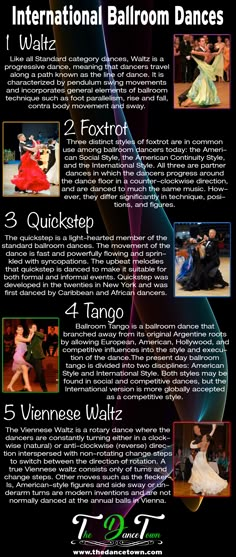 The vertical axis and stretching the body along vectors.
The vertical axis and stretching the body along vectors.
The vertical axis is always present. If you know how to correctly build your body through it, then you can maintain balance even in a difficult position. If not, then it will pass through you at random, and the uneven distribution of the body in relation to the axis will cause a loss of balance.
In the classical sense, the vertical axis runs through the entire body. Its base comes out of the center of gravity, which is exactly under the feet, and the top of the axis comes out through the top of the head. The axis is maintained by pulling the body up, mostly by the muscles of the back and abs (vector up). It really does, and it helps tremendously with zouk. And also a strong pulling of the body up is the basis of all rotations.
But besides this, there are many non-classical positions with body tilts, twists, etc. In these positions, the center of gravity may not be under the foot, and several vectors are used to balance the body. In the photo above, the center of gravity is located in the area of \u200b\u200bthe toes of the supporting foot, the vertical axis passes through the supporting part of the foot and the lower press of the girl. The legs deviate slightly from the axis. She is helped to maintain balance in this position by the second vector, which runs horizontally - in this case along the spine. However, in a social dance you are unlikely to need this)
In the photo above, the center of gravity is located in the area of \u200b\u200bthe toes of the supporting foot, the vertical axis passes through the supporting part of the foot and the lower press of the girl. The legs deviate slightly from the axis. She is helped to maintain balance in this position by the second vector, which runs horizontally - in this case along the spine. However, in a social dance you are unlikely to need this)
Zouk has many movements with deflection of the thoracic spine. In all such cases, the vertical axis still runs along the spine, and you support it by pulling up the muscles of the lower back and the abs. But due to the fact that the upper back leans in any direction, the axis will not come out through the top of the head, but in the area of \u200b\u200bthe shoulder, chest or shoulder blades - depending on which side the slope is made.
2. Joint control
The most stable support is the fixed support. That is why, in order to build a good balance, it is necessary to eliminate excessive mobility in the joints, which in one way or another hold our weight (serve as a support).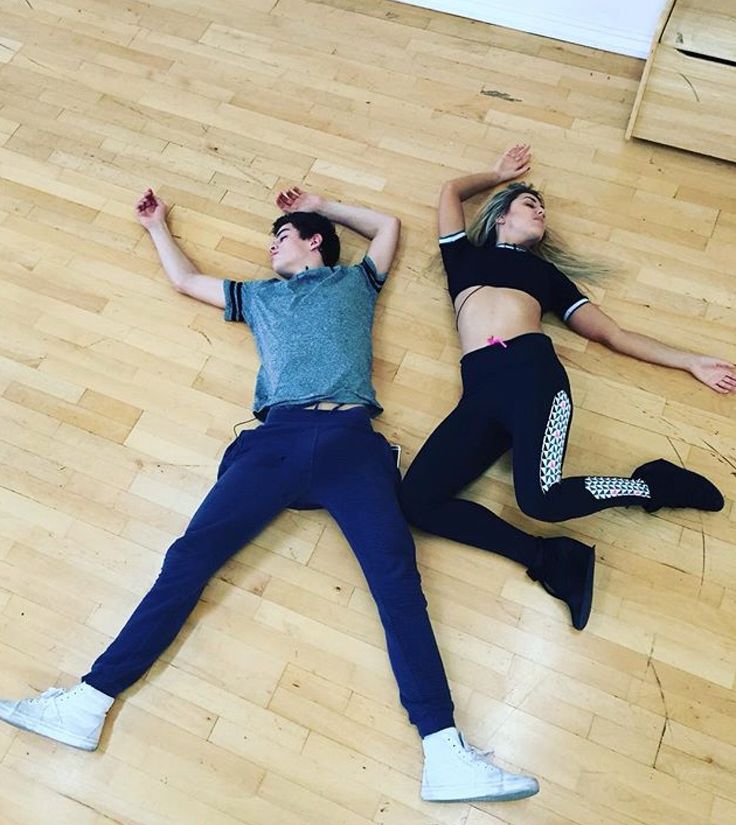 And the mobility of the joints is regulated by the muscles adjacent to them. The tension of certain muscles allows you to fix the joint.
And the mobility of the joints is regulated by the muscles adjacent to them. The tension of certain muscles allows you to fix the joint.
Well, this is so, for a general understanding. Let's add some specifics.
"Dance is the back". Something like this I have repeatedly heard, and there is truth in this. The spine is a very mobile part of the body. If the back is relaxed, then it will bend in its weakest and most mobile places under the weight of the upper body, head and under the influence of physical movements in the dance (hello, lower back pain). There will be no balance, or rather it will be purely random from time to time. So that the spine does not bend when it is not necessary and does not destabilize the balance, it must be made as straight and motionless as possible. This is what we get when we stretch our body up. The work of the back muscles and the press allows you to bring the spine into a stable position. The better the tone of your muscles, the more often you make them work, the easier it will be for you to manage the stability of the spine and your balance in general.
The back is very important for the balance and the whole dance. But that's not all, because there are many more mobile joints in our body. And here we can't help but talk about the favorite joints of all zuckers - the hips)) The hip joints can move in all directions, and how much the girls destabilize themselves with them in the pursuit of beauty!
Remember. Butt is the anchor. A retracted buttock effectively limits unwanted mobility in the hip joint. It won't let you take too many steps, it won't let you swing your hip so far that your balance is out of your foot. When you feel that the shifted balance is carrying you around the dance floor, drop the anchor - pull your butt in.
Ass and back. Back and butt. This is the first level in mastering the art of balance.
Next level is the understanding that in addition to the back and priests there are at least knees and feet. Stretched knees are not a requirement of a boring teacher for the sake of beauty, this is, first of all, the same stable support. If you get into some difficult position, then it will be much easier to resist with a knee extended. And weak feet tend to collapse and tuck. And even if the entire upper part of the body is harmoniously built, then a weak foot that has fallen in or out will spoil you. I speak by myself))
If you get into some difficult position, then it will be much easier to resist with a knee extended. And weak feet tend to collapse and tuck. And even if the entire upper part of the body is harmoniously built, then a weak foot that has fallen in or out will spoil you. I speak by myself))
What conclusion can be drawn from all this?
Strengthen your body. Learn to control your muscles consciously and safely.
If you only do social dancing, you won't be able to do it enough. To learn how to keep a good balance, build an axis, control your body, you need to load several times more, and social dances do not give such a load.
The best way to get your muscles to work is solo work with your body weight. No supports, partners, simulators. Your body, gender and movements. The more uncomfortable and unusual the position of the body to find balance, the better. For the first time I felt what it means to reach up when we were forced to do all the exercises in the middle of the hall, without a barre at the ballet. It was then that I was surprised to discover that some new muscles in my back were getting tired. The understanding of balance was then divided in my life into "before" and "after".
It was then that I was surprised to discover that some new muscles in my back were getting tired. The understanding of balance was then divided in my life into "before" and "after".
The photo shows an element from the adagio on modern jazz.
WEIGHTING FACTORS
All weighting factors are associated with the absence of one or another component of lightness. All of them were found in themselves.
- Too hard or too soft sinking hands. Dancing with outstretched arms or pulling your arms towards you. - No frame.
- Movement guessing - no connection and bad frame.
- Steps too large. - Poor balance. Taking big steps, you move relative to the vertical axis: after all, your partner’s arm does not stretch along with your steps, and your legs are much further than your head - this is no longer vertical, this is the Leaning Tower of Pisa.
- Back leg settling.
 - Poor balance. In this case, your center of gravity is under the heel or even behind it, and you are pulled back. To balance and move you, the partner has to apply more force. The farther the center of gravity, the more difficult it is to shift it.
- Poor balance. In this case, your center of gravity is under the heel or even behind it, and you are pulled back. To balance and move you, the partner has to apply more force. The farther the center of gravity, the more difficult it is to shift it. - Hips going forward of the body or excessive swinging of the hips to the side. - Poor balance. In this case, the center of gravity constantly walks from side to side and goes beyond the foot, you deviate from the axis - see the previous paragraph. There are movements in the dance that start from the hip, but these are one-time stylistic movements, and not a general way of moving. In general, the secret is that when one hip is turned off, the second must be pulled up and fixed very well, then the support will be stable. (thank you jazz modern)
- Too much style. The partner diligently tries to make every dance as beautiful as possible and... ceases to feel her partner.
